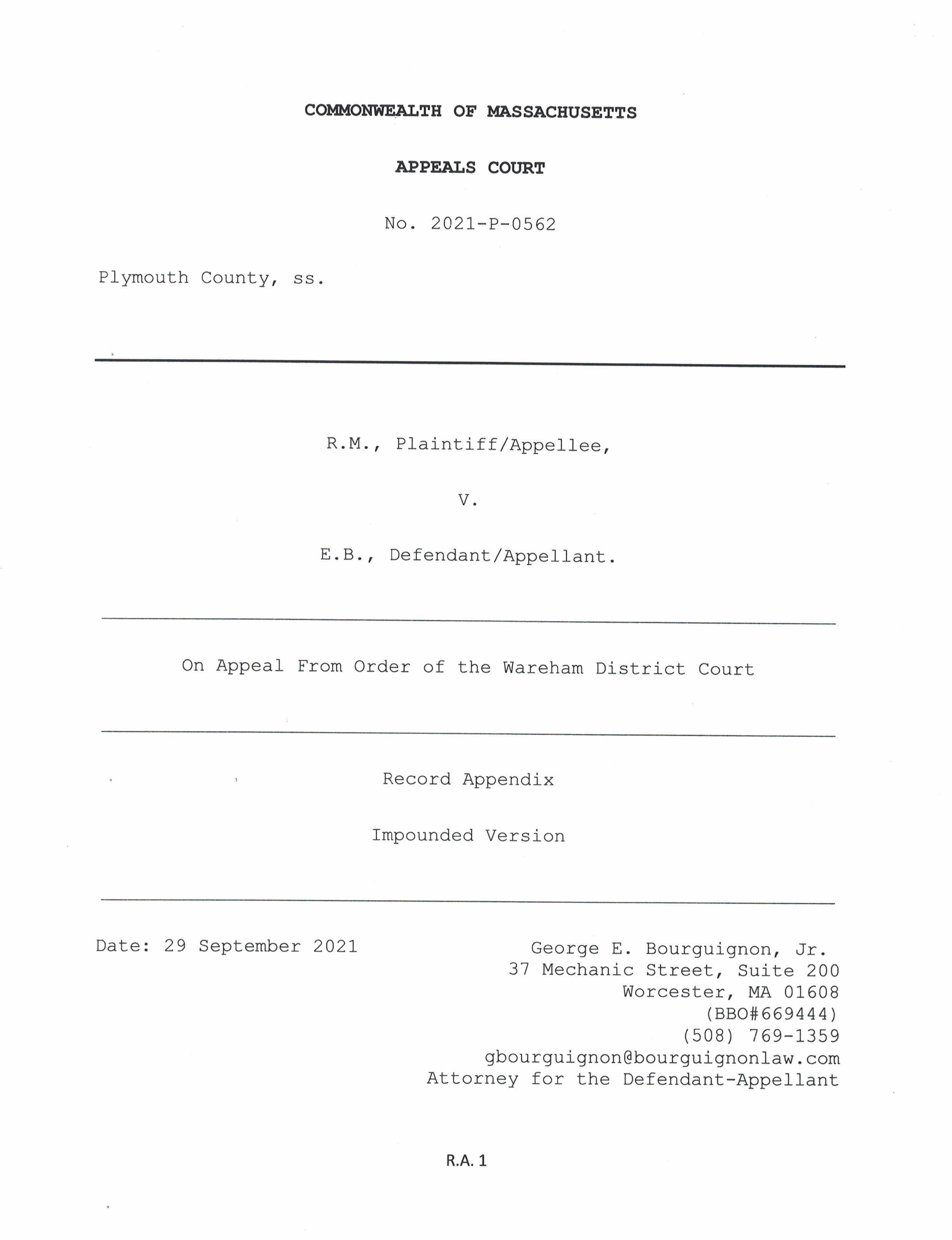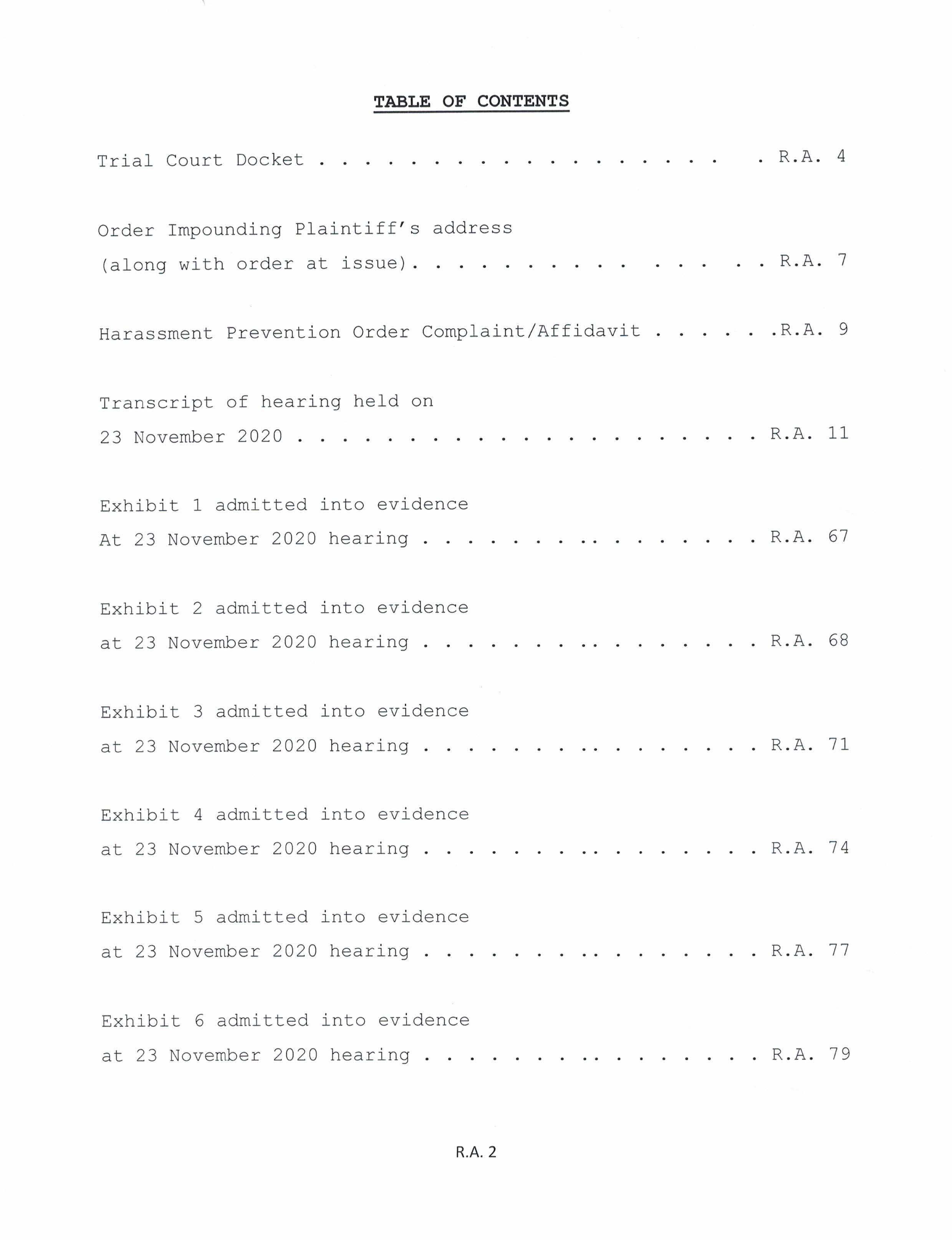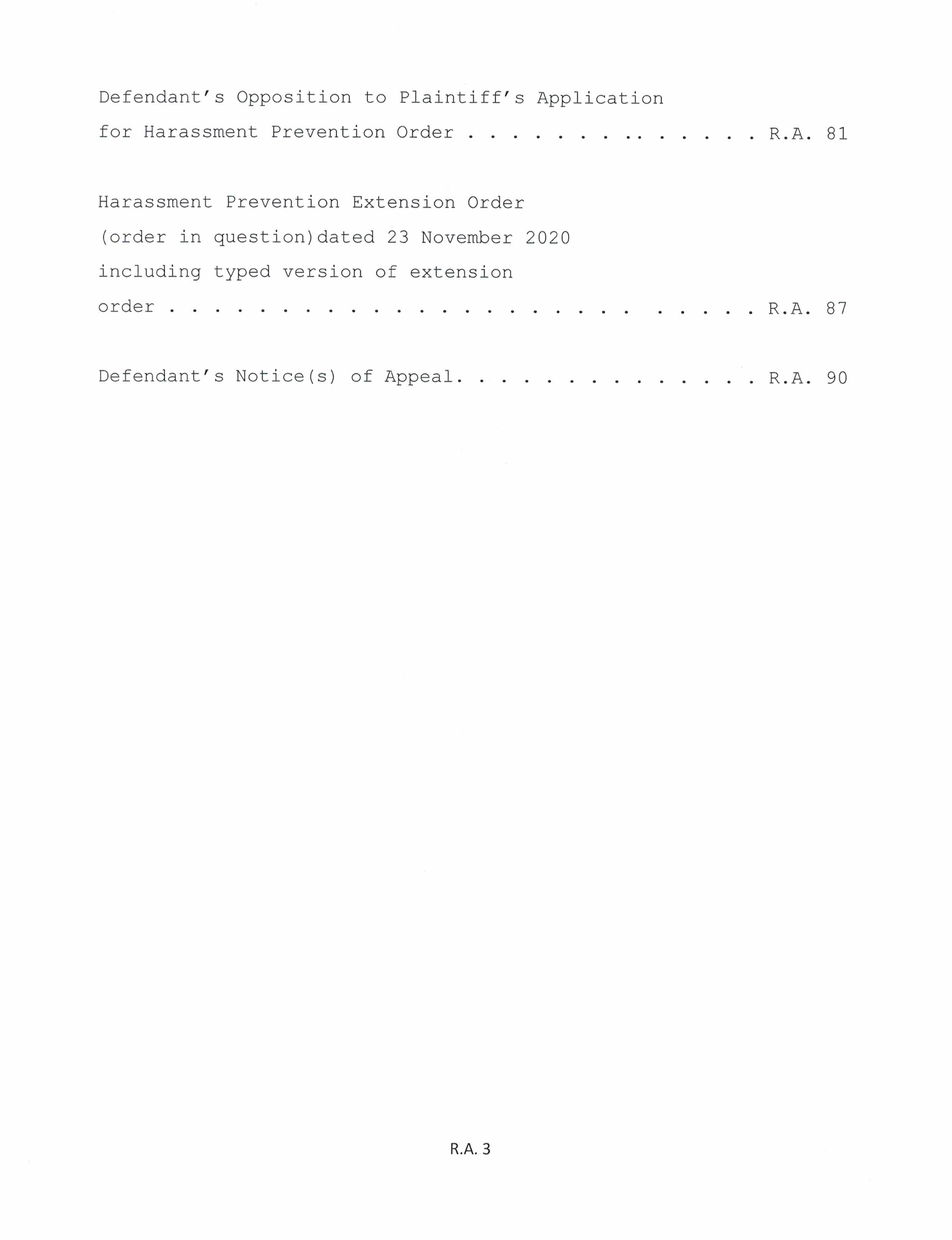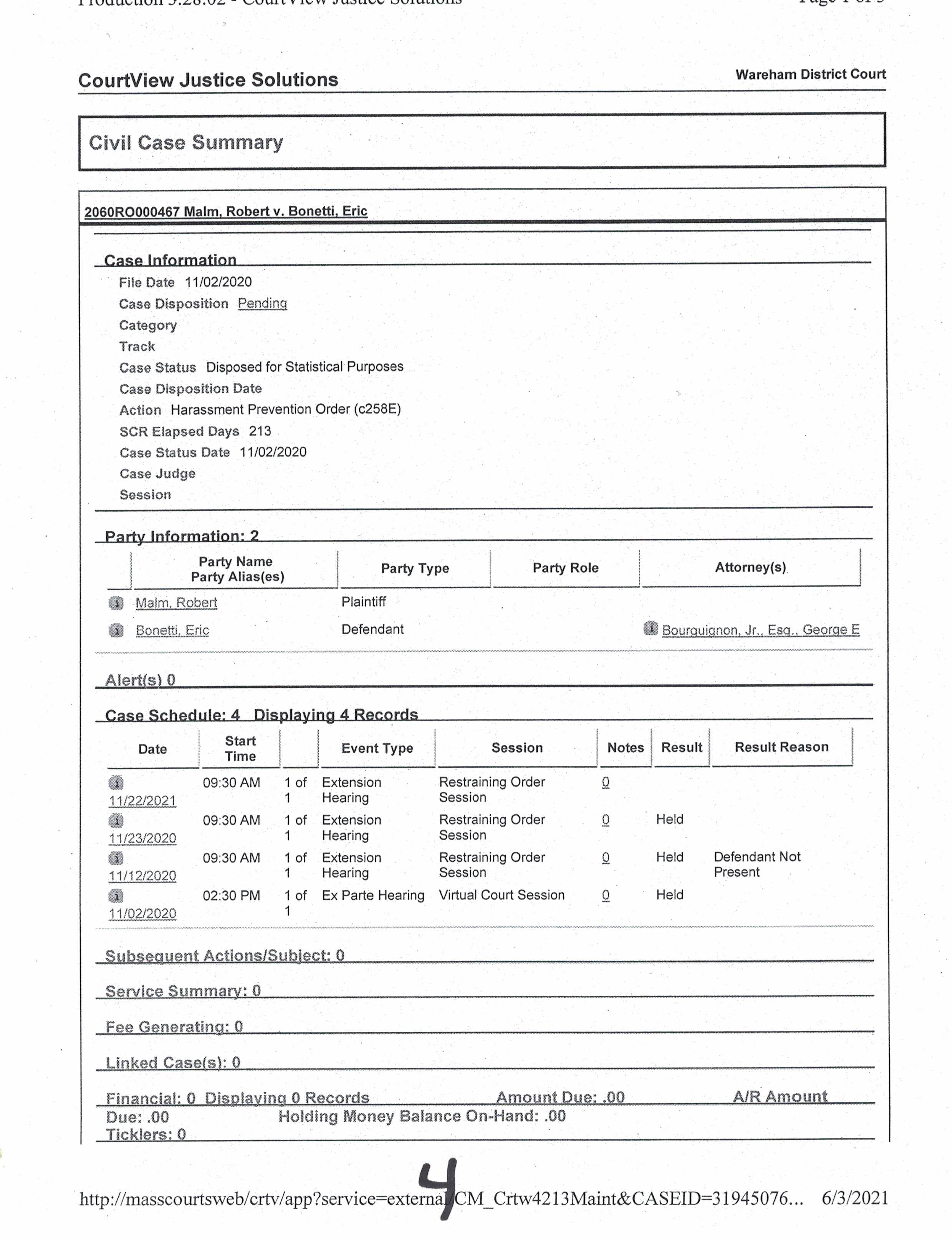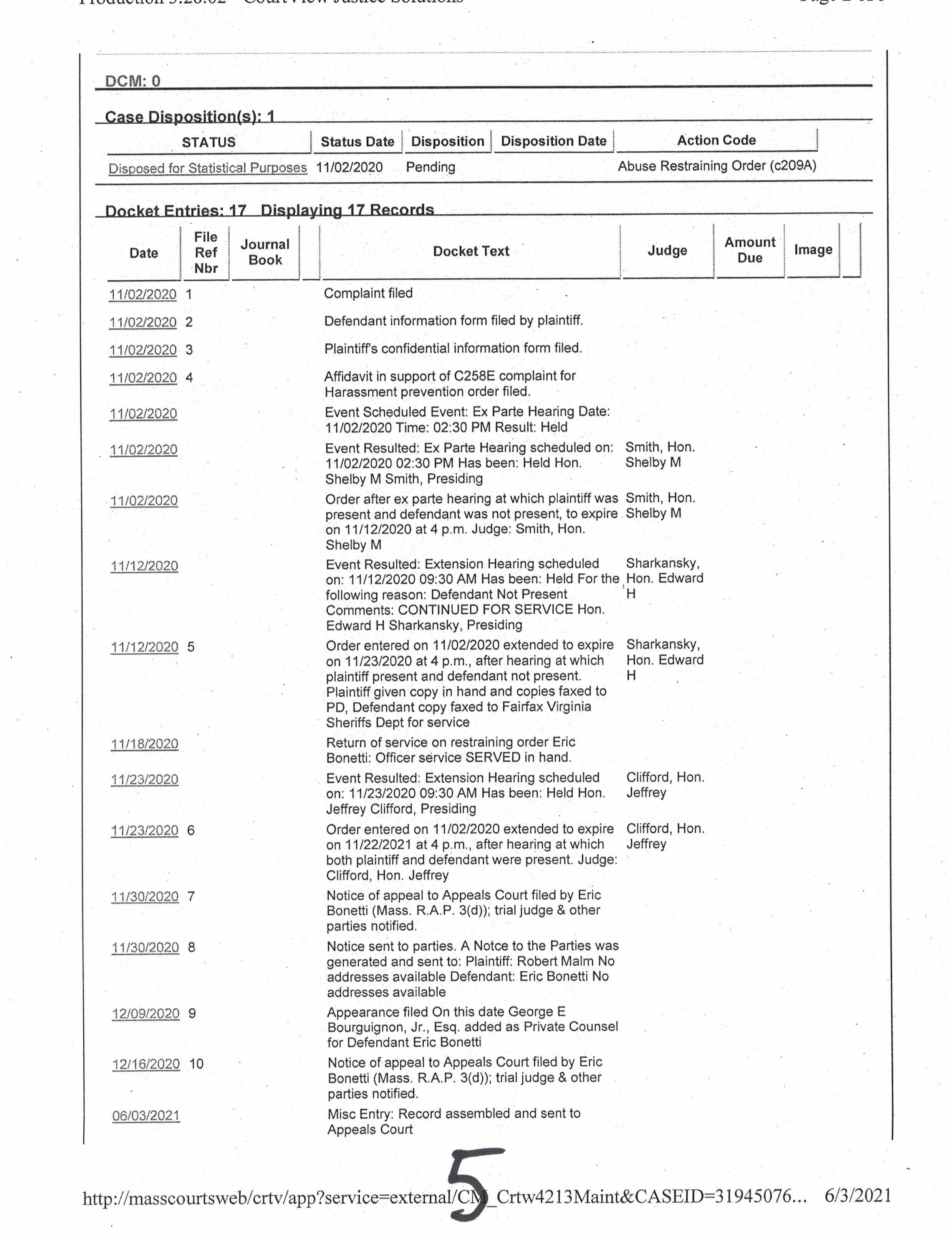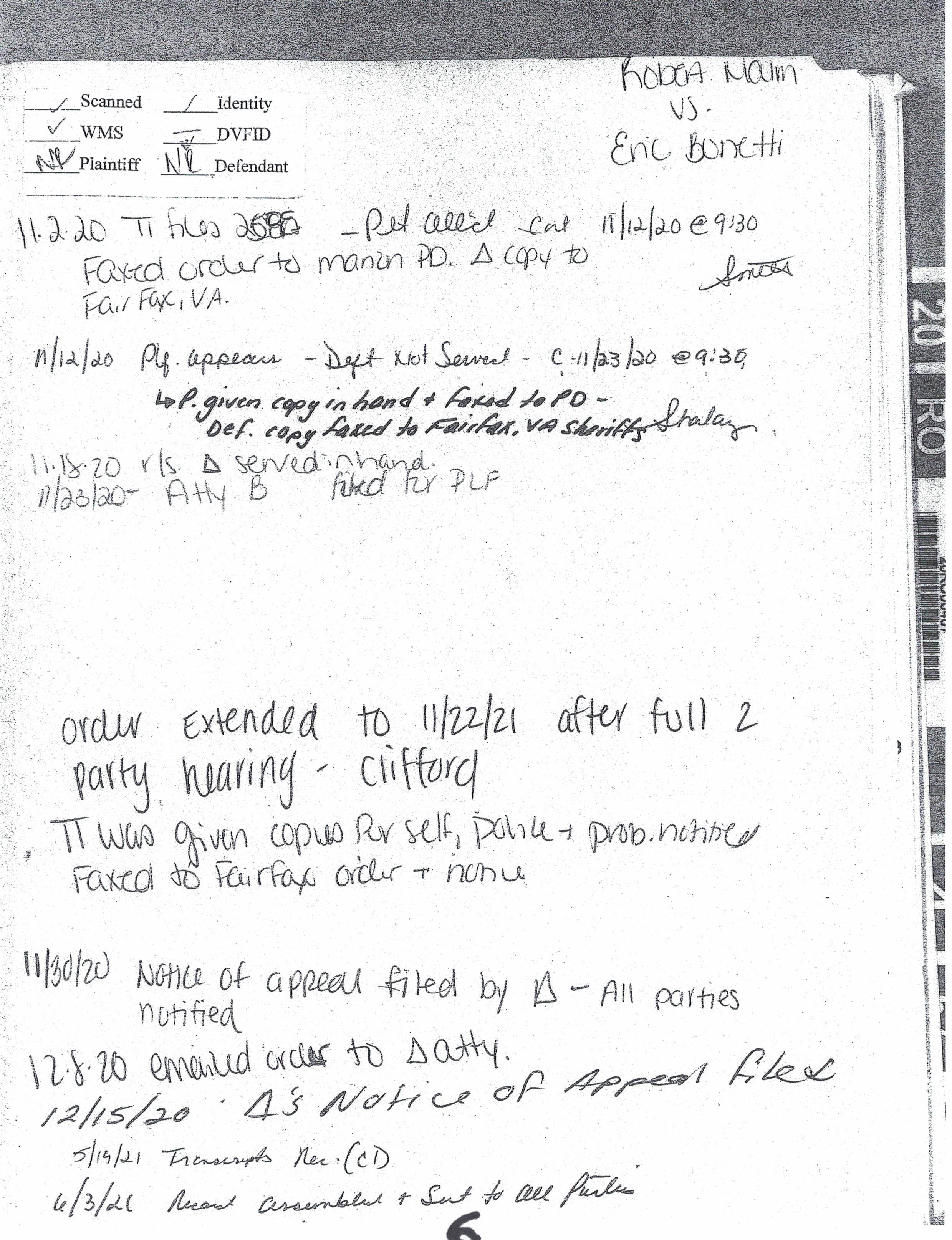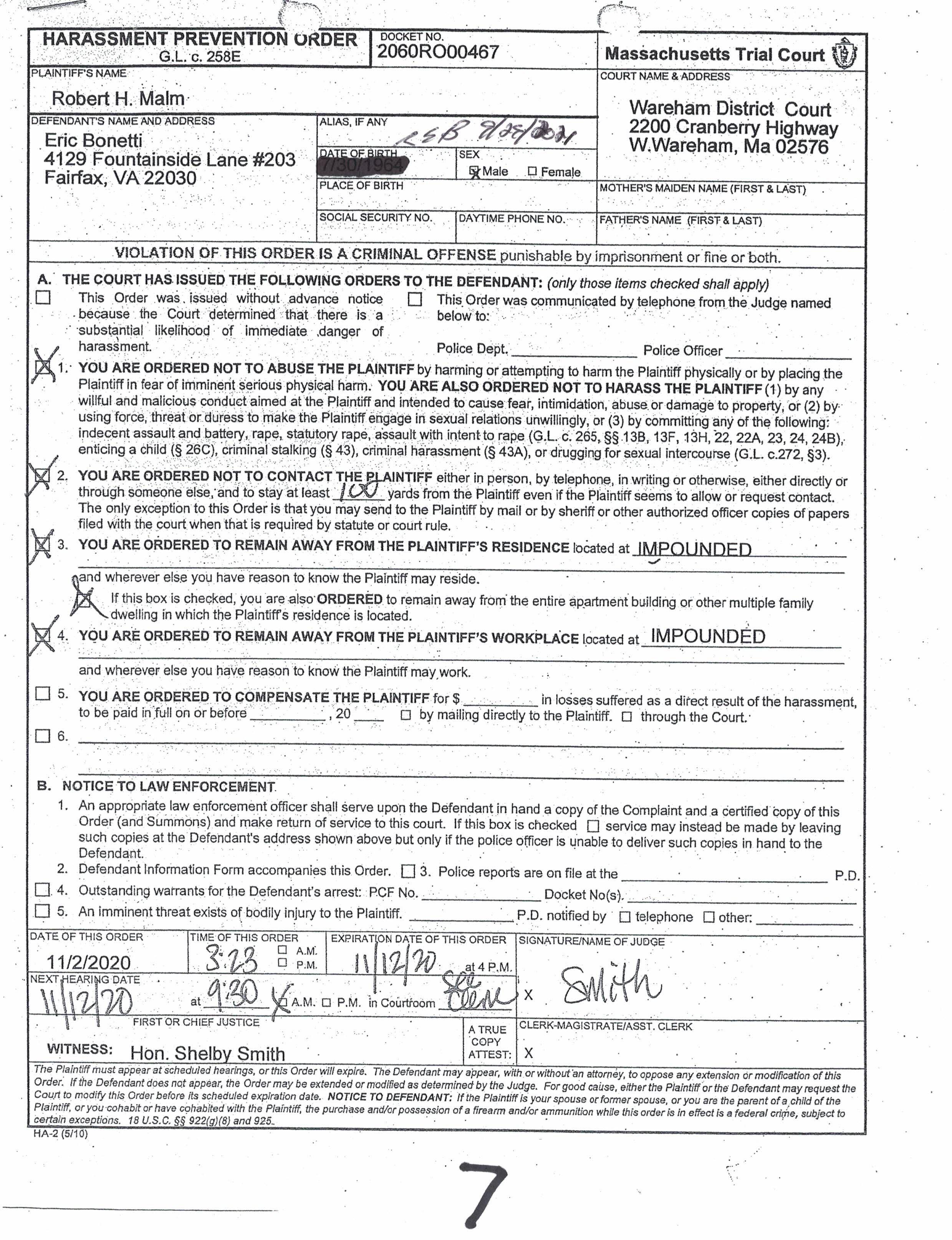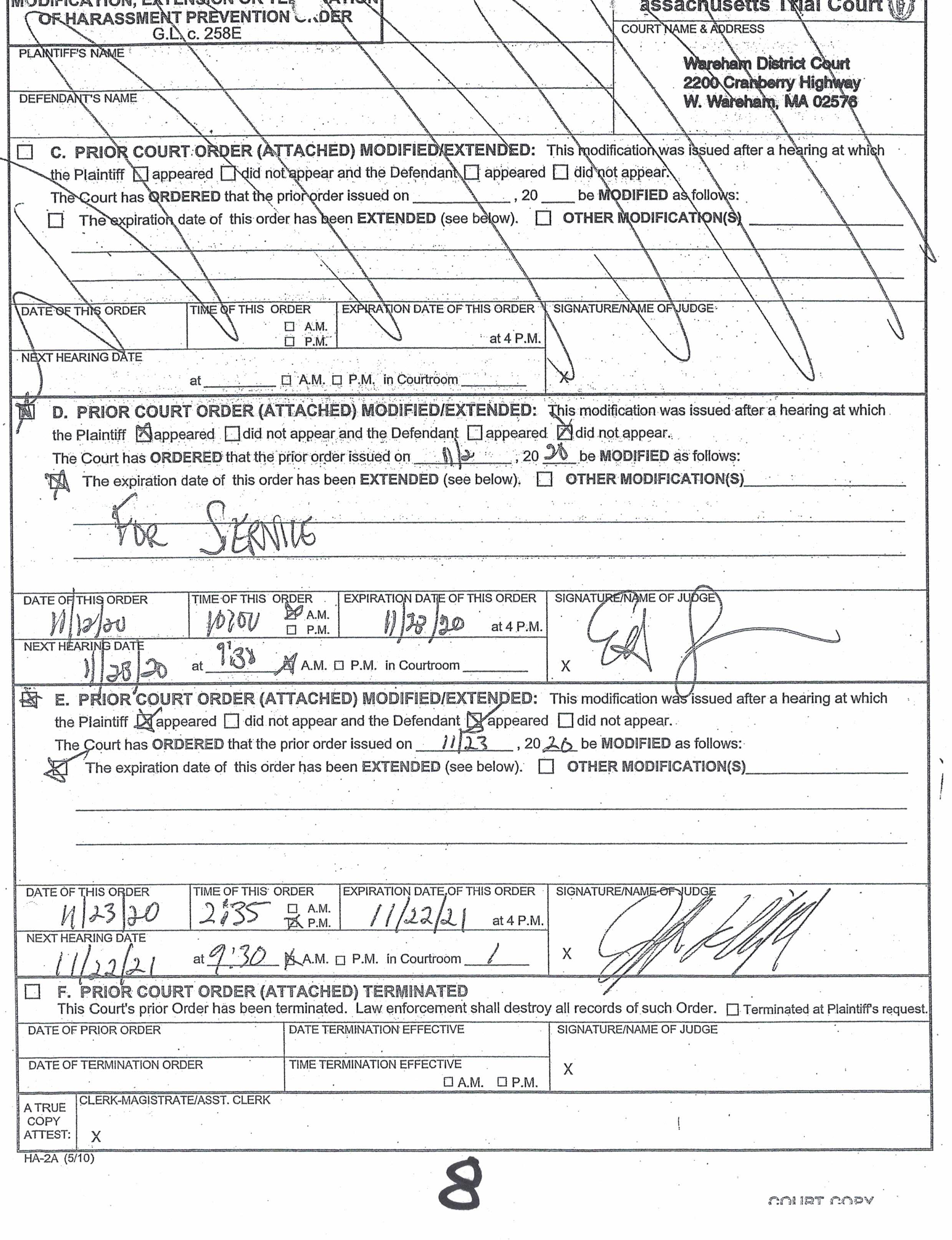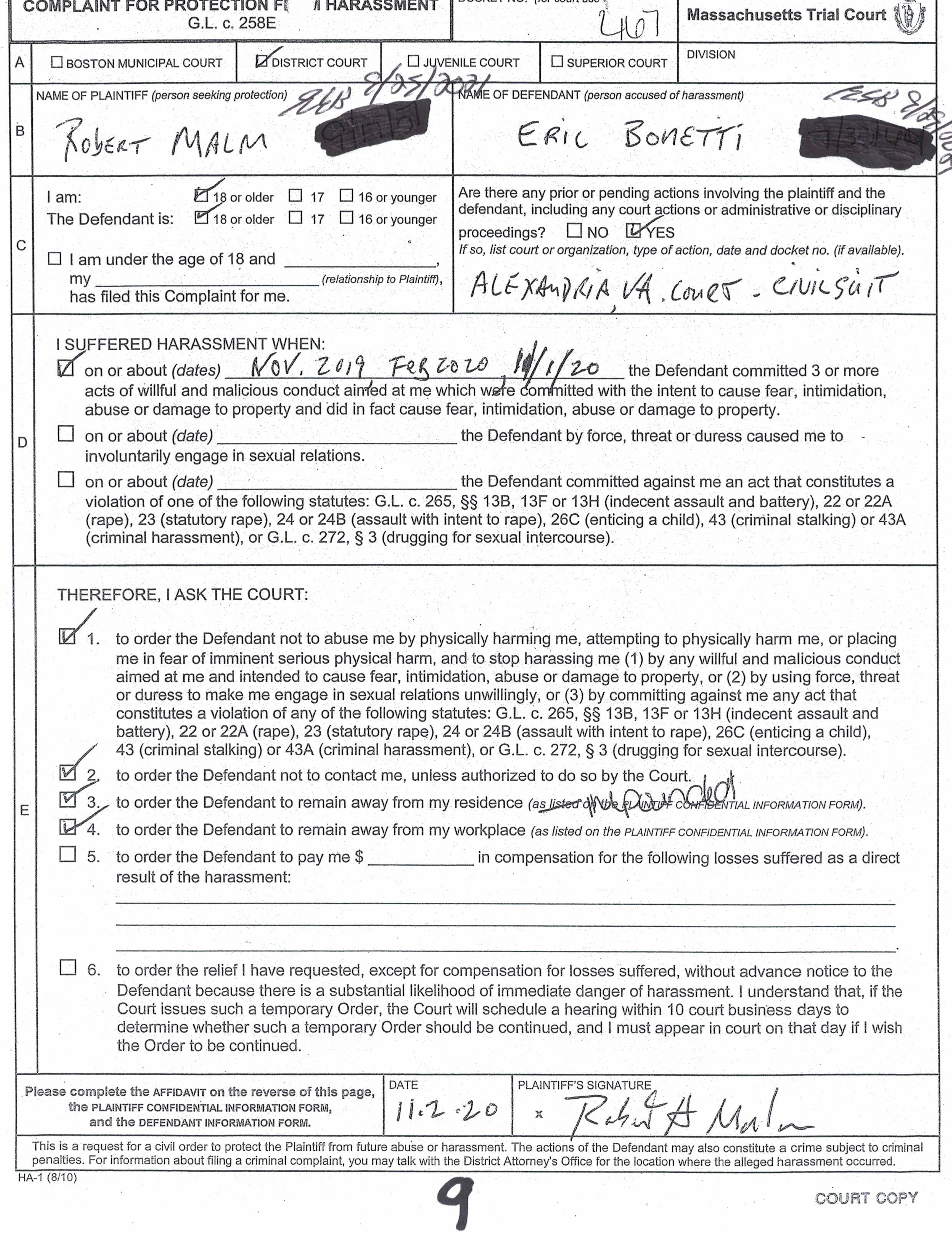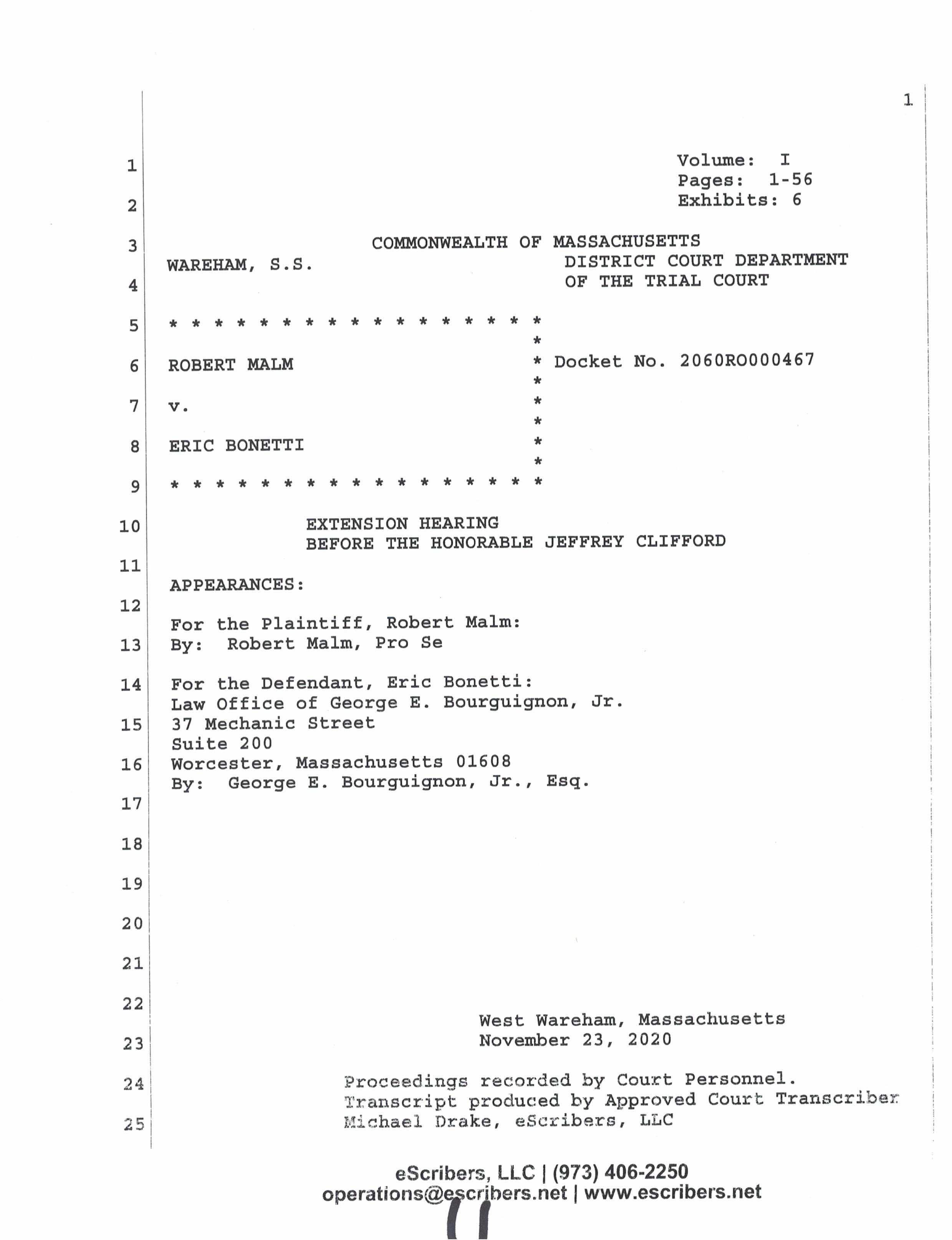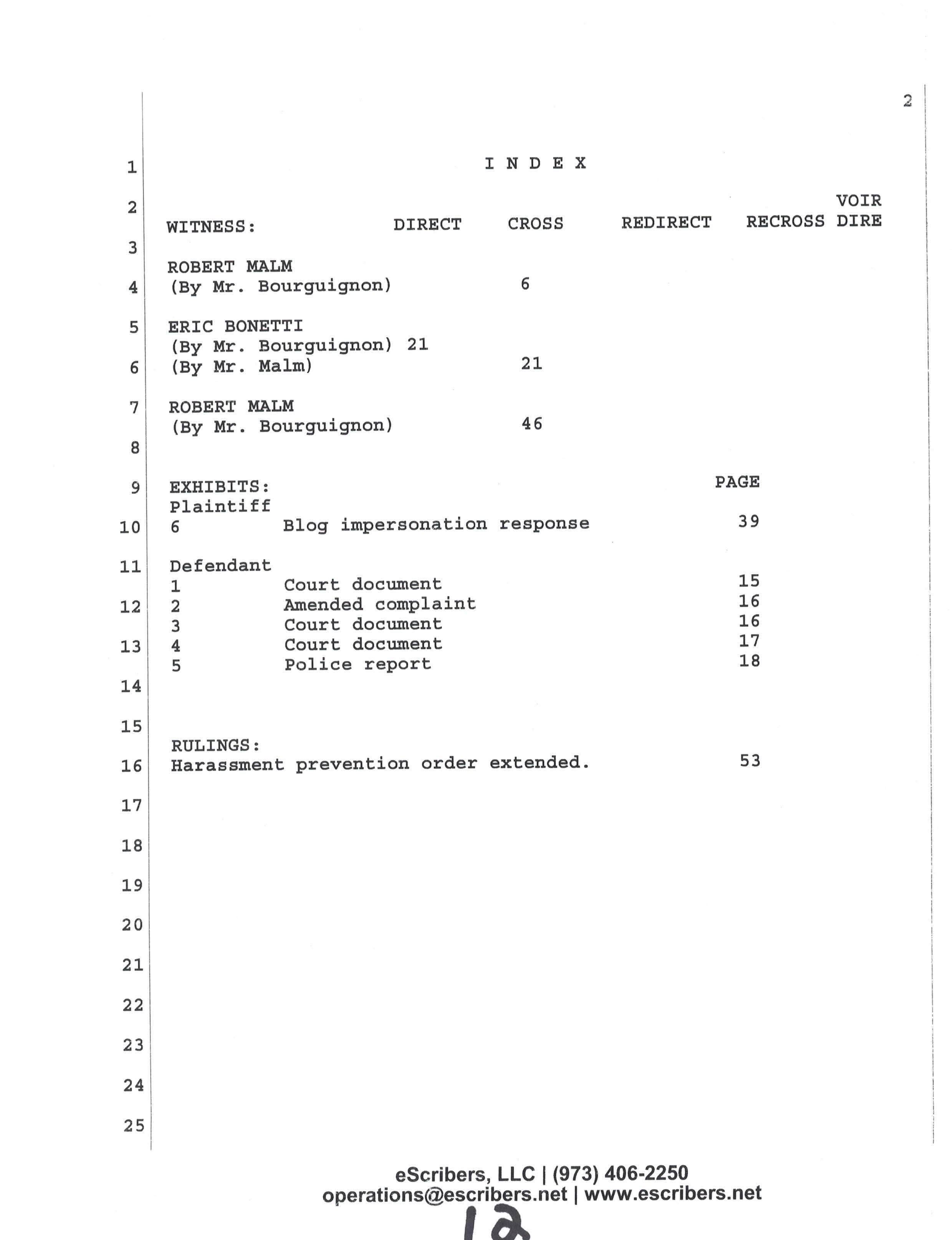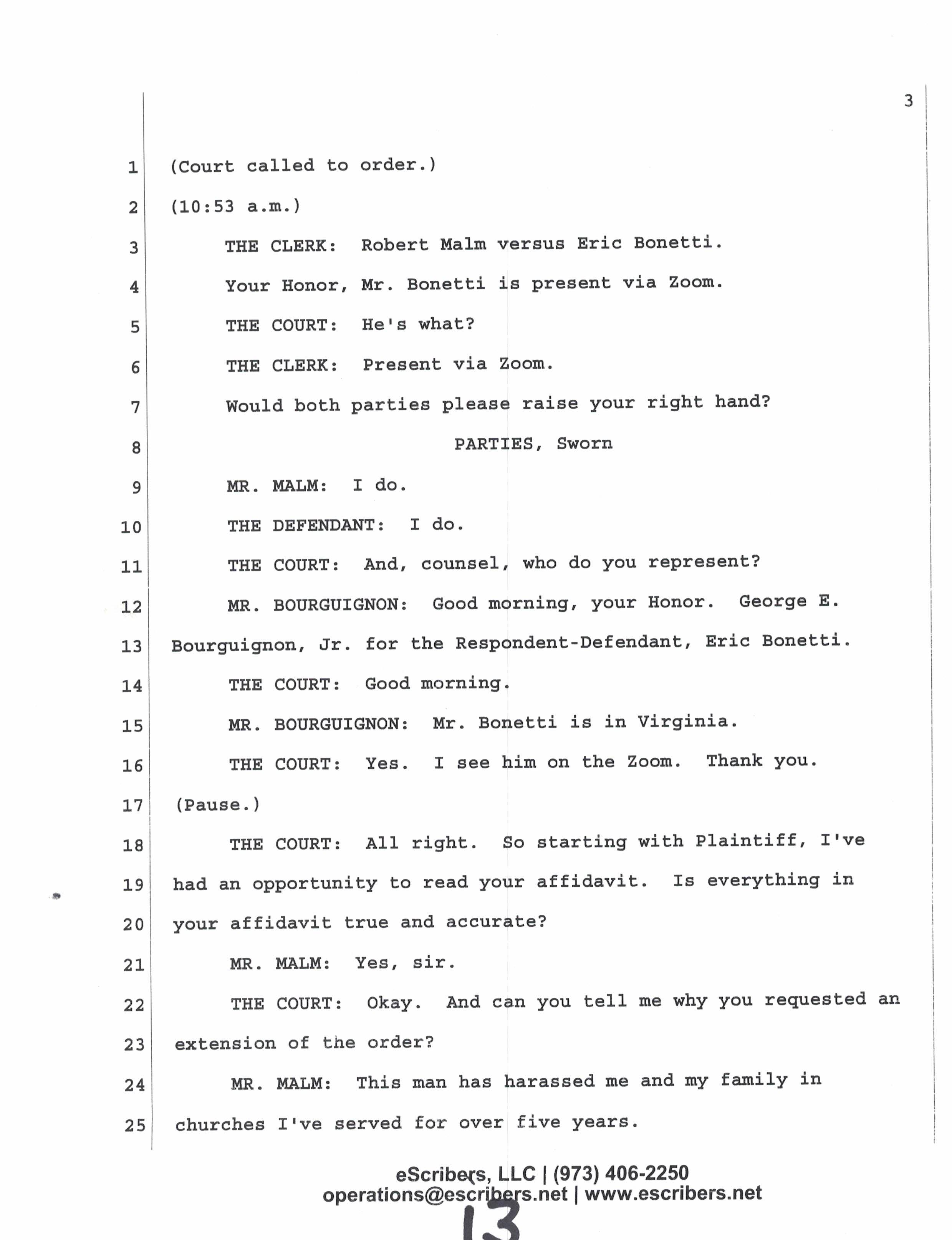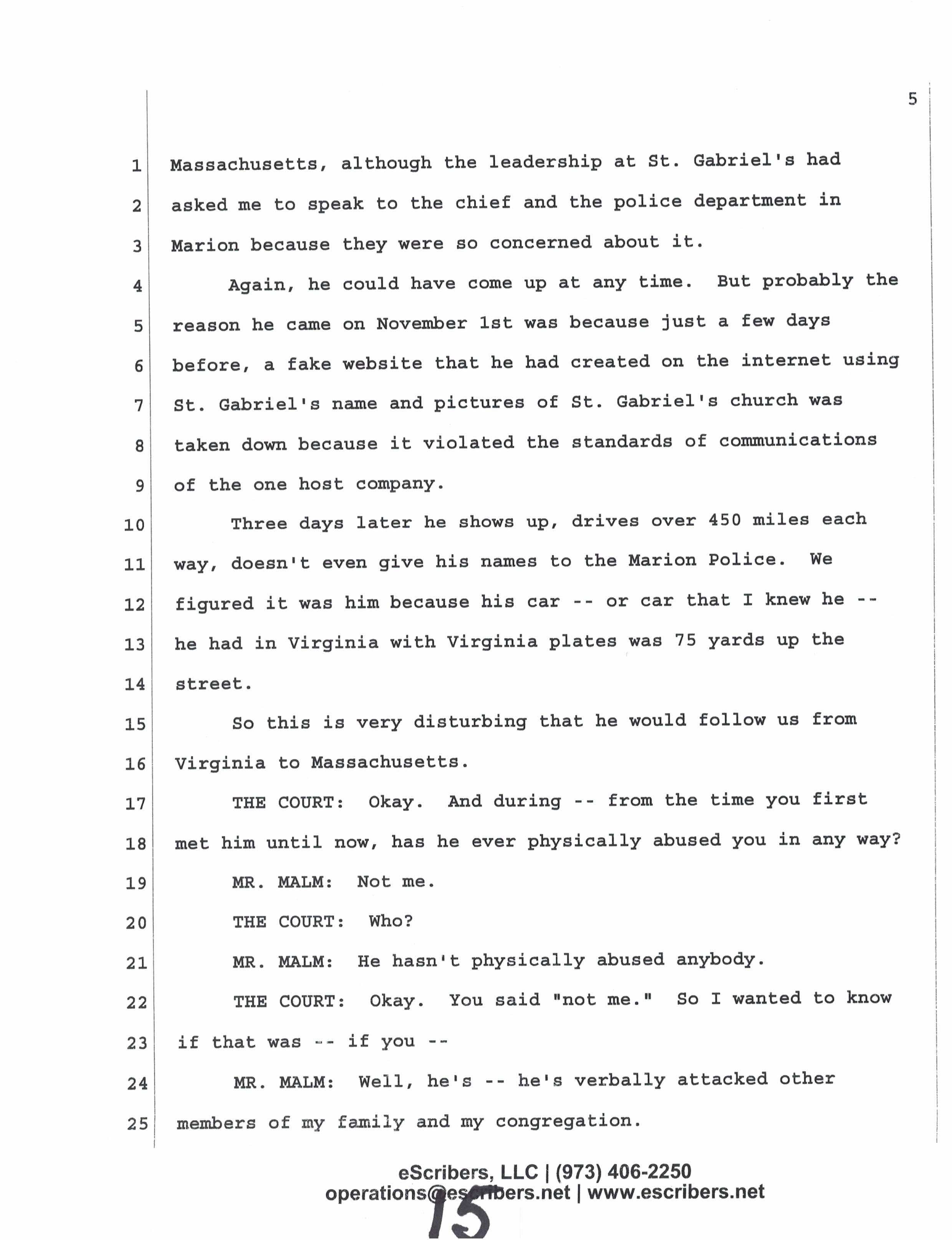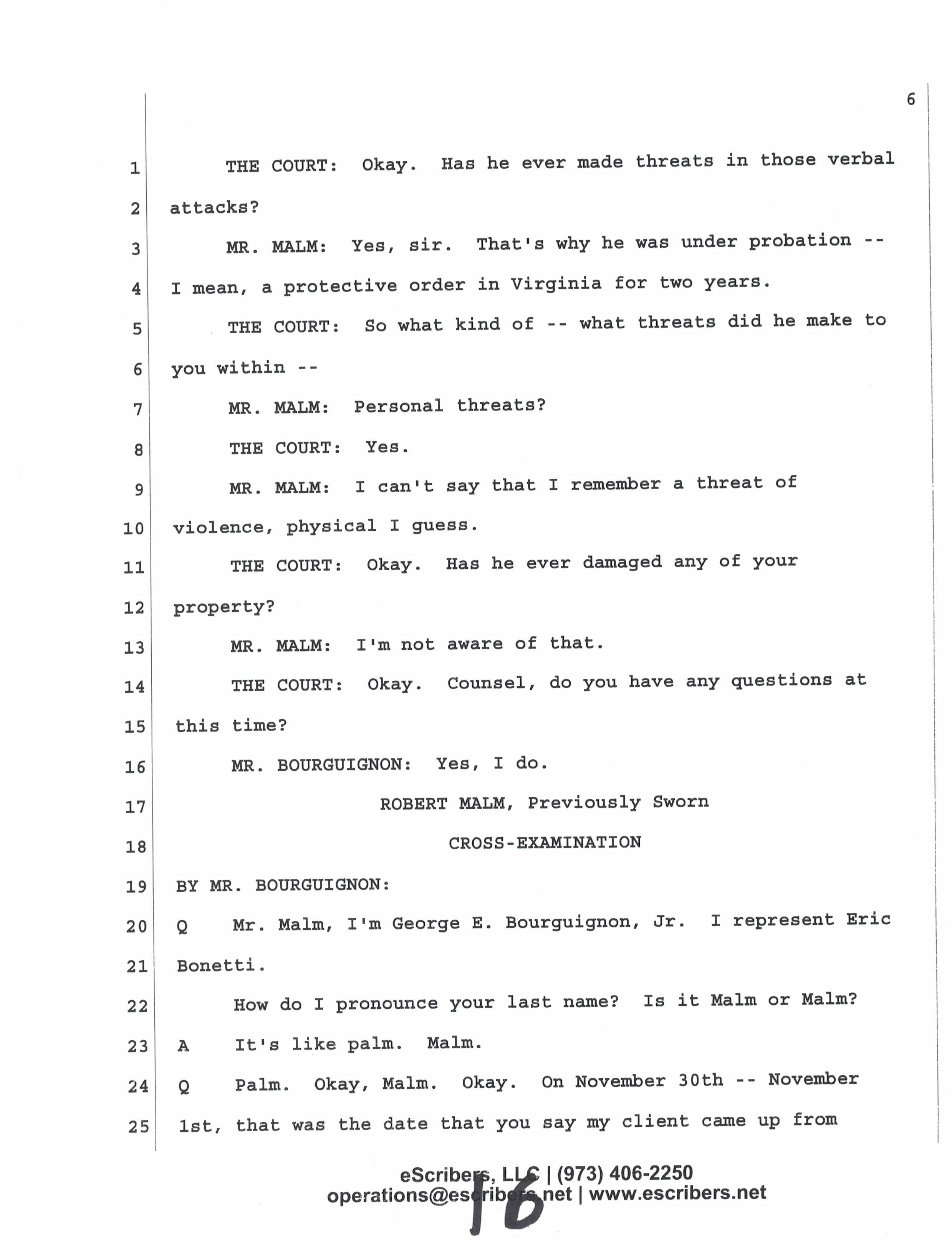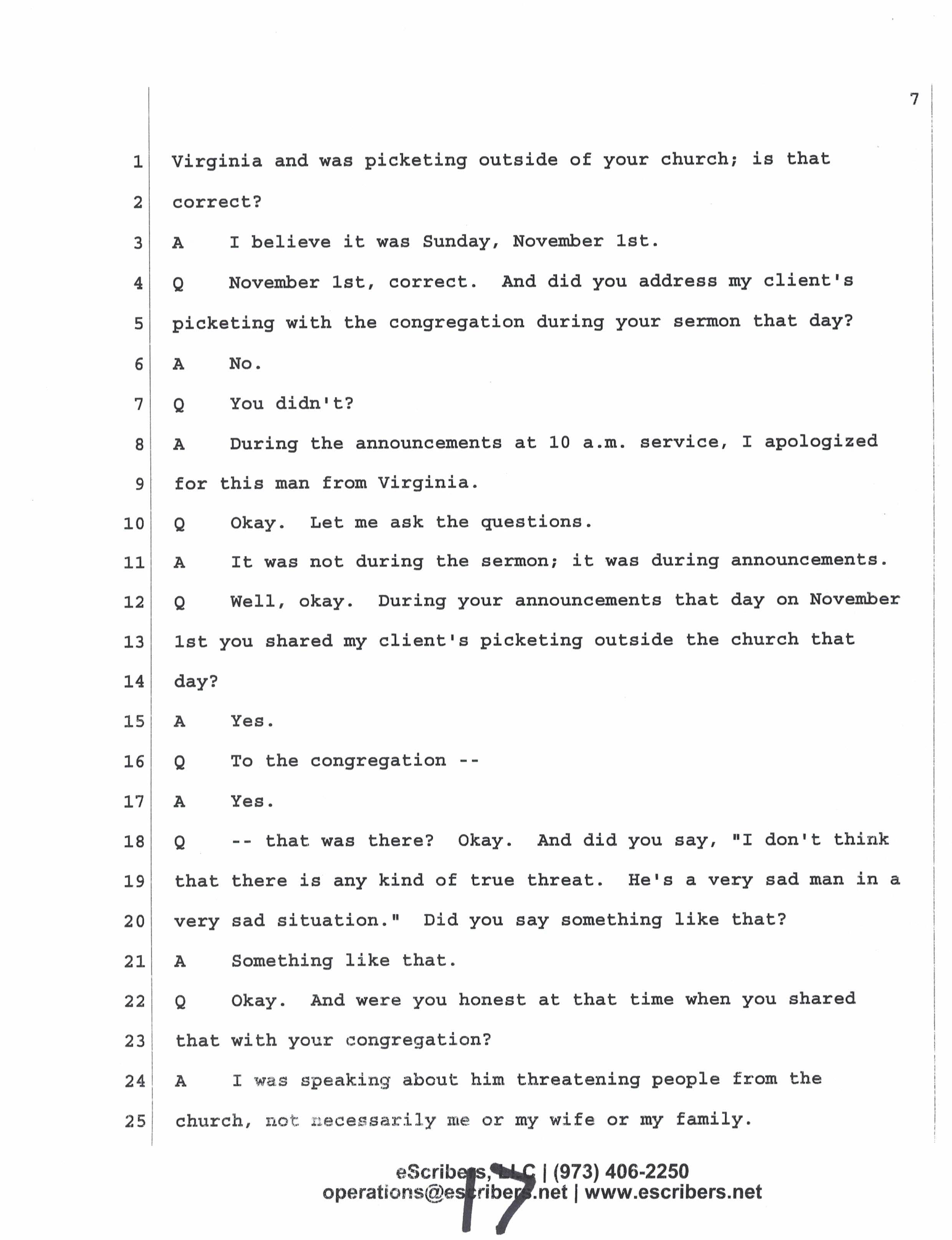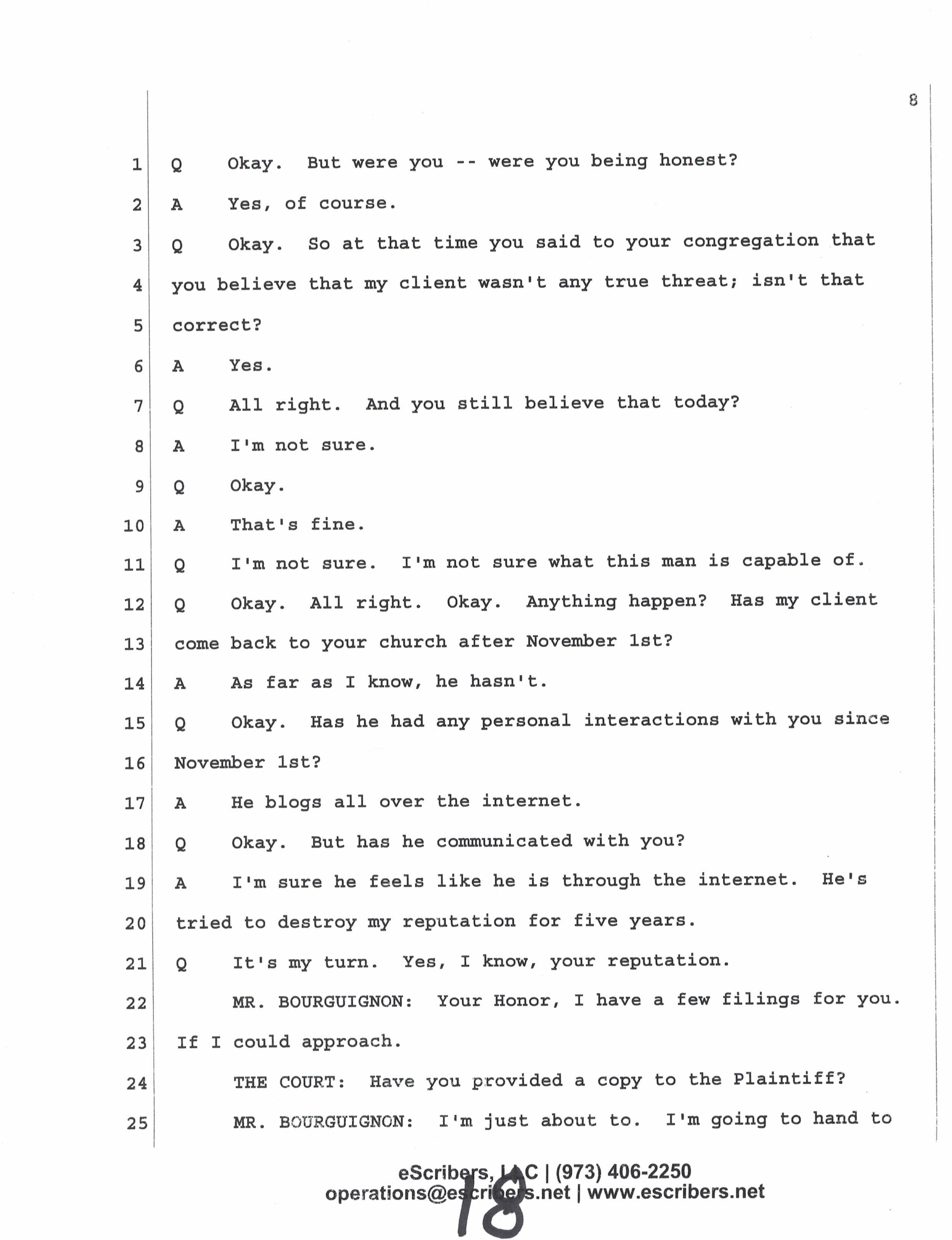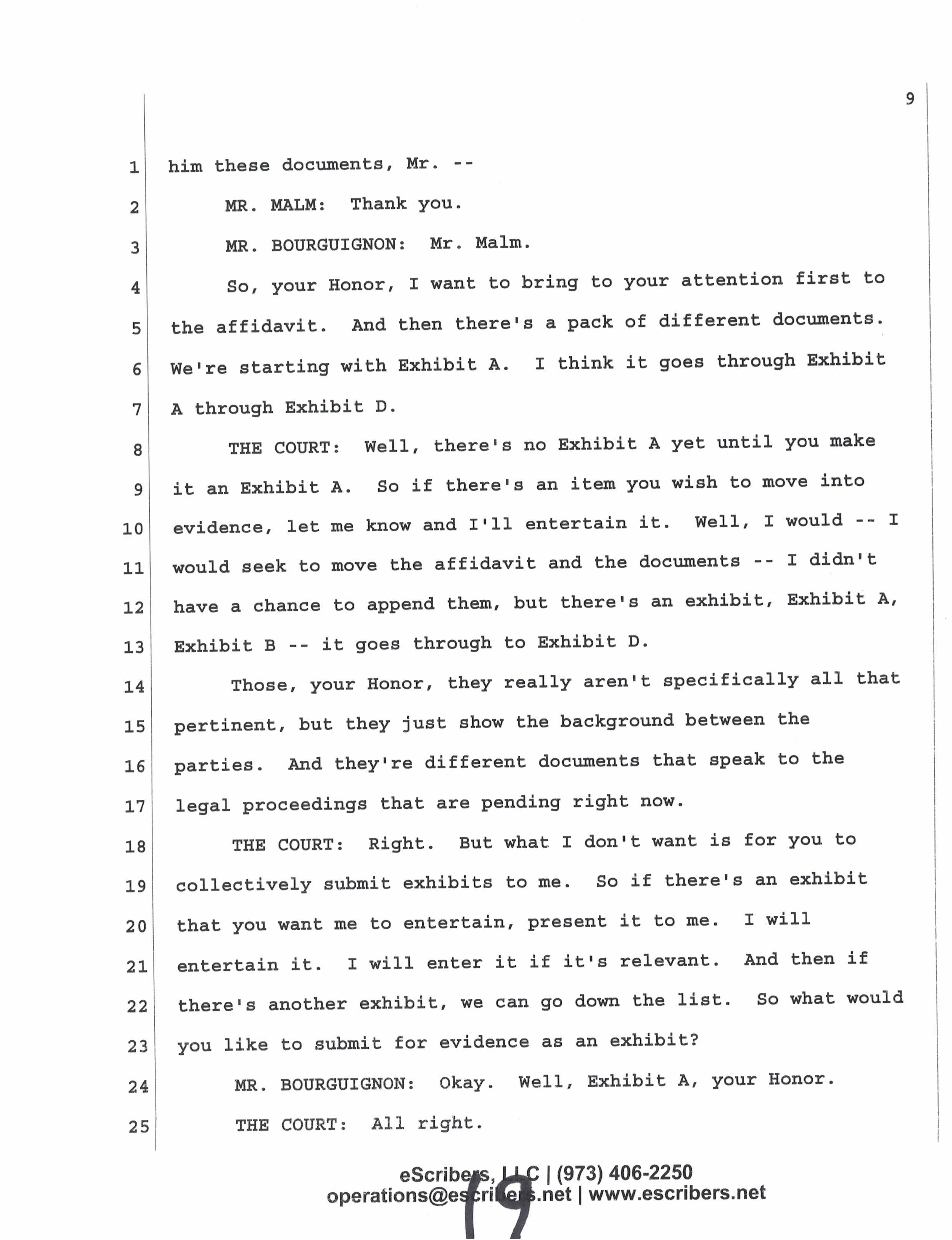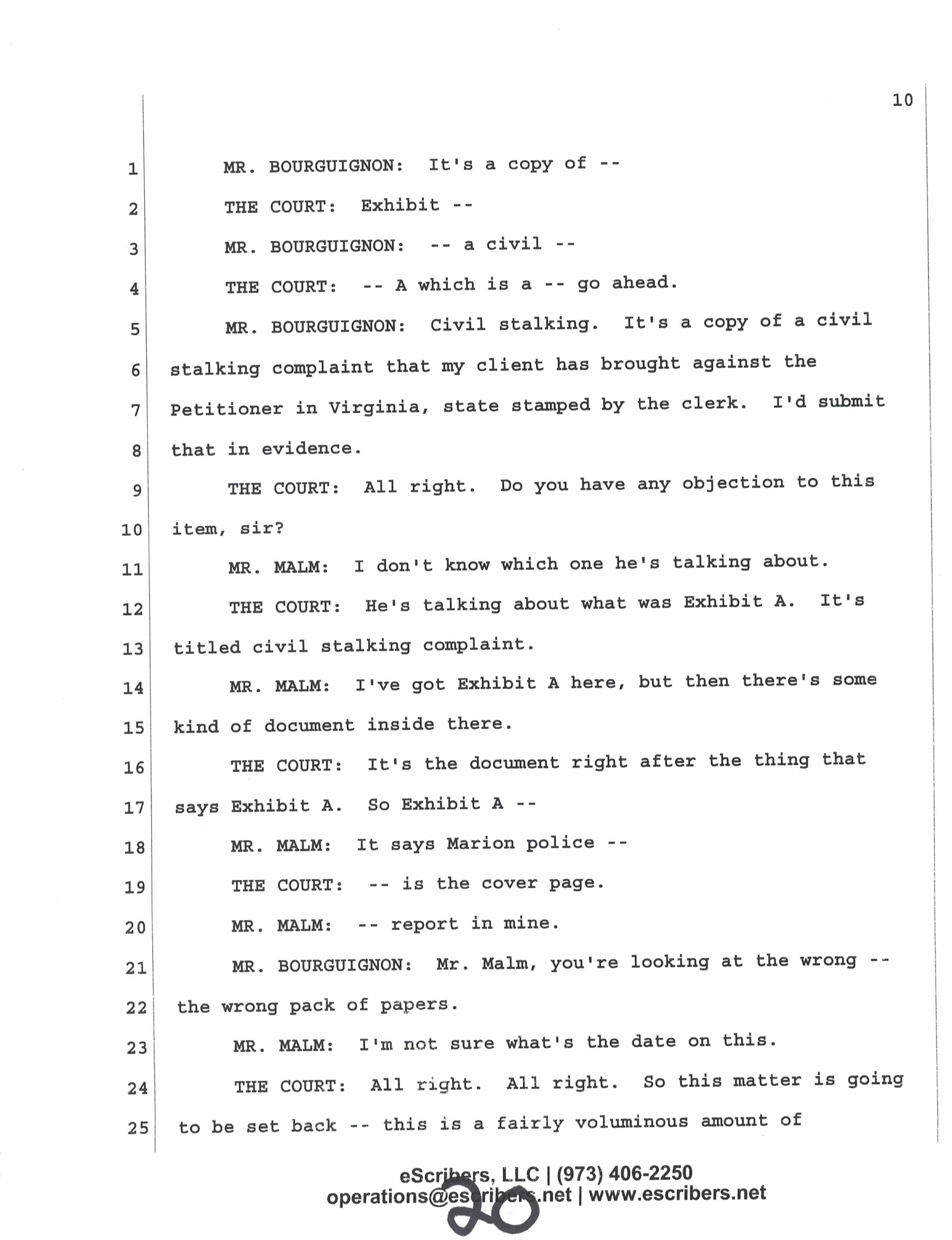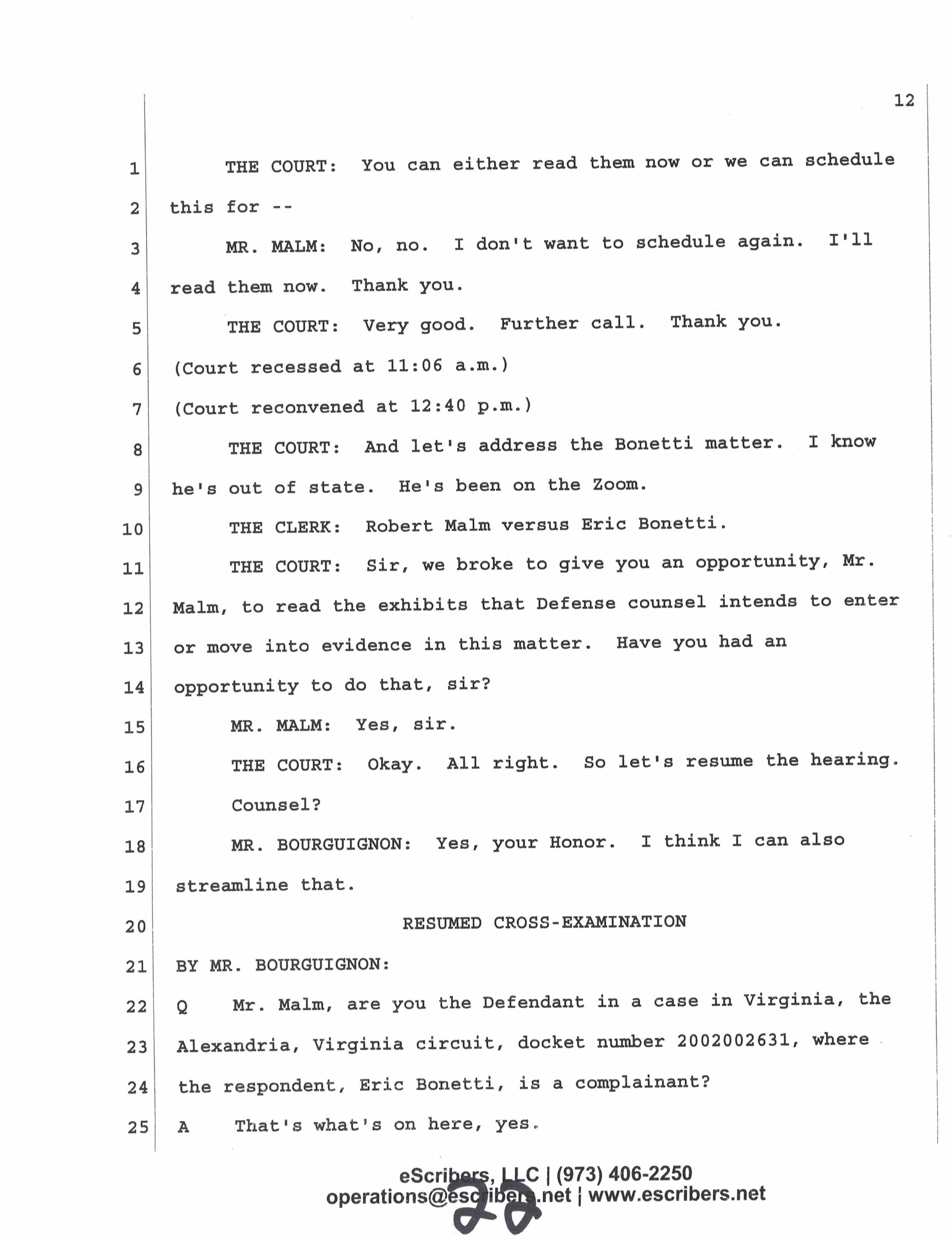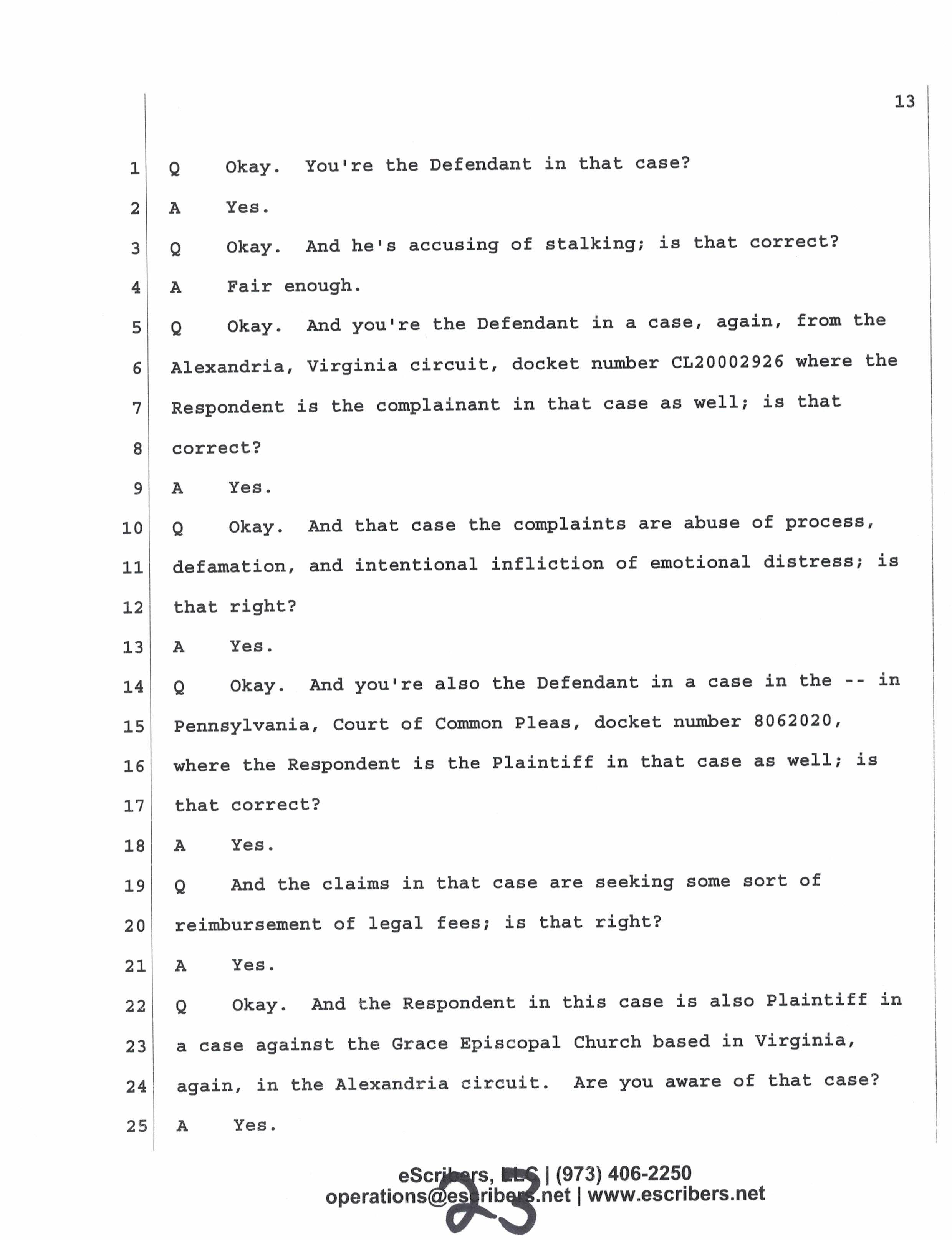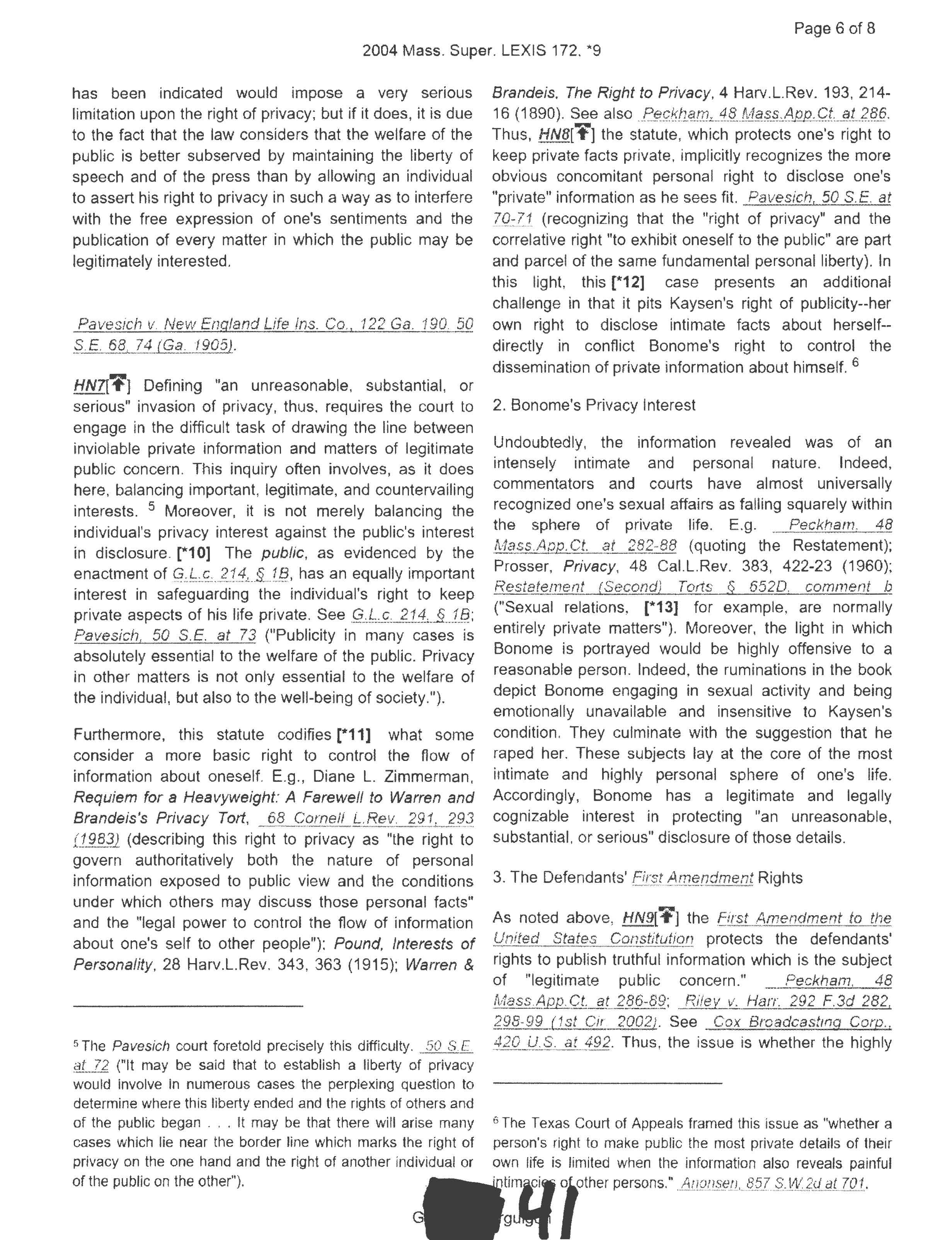
13 minute read
and 78. On 1 November 2020 the Defendant stood in
has been indicated would impose a very serious limitation upon the right of privacy; but if it does, it is due to the fact that the law considers that the welfare of the public is better subserved by maintaining the liberty of speech and of the press than by allowing an individual to assert his right to privacy in such a way as to interfere with the free expression of one's sentiments and the publication of every matter in which the public may be legitimately interested.
Pavesich v. New England Life Ins. Co., ·122 Ga. 'I 90 50
Advertisement
SE 68. 74 (Ga . 1905).
HNZ[-,,] Defining "an unreasonable, substantial, or serious" invasion of privacy, thus. requires the court to engage in the difficult task of drawing the line between inviolable private information and matters of legitimate public concern. This inquiry often involves, as it does here, balancing important, legitimate, and countervailing interests. 5 Moreover, it is not merely balancing the individual's privacy interest against the public's interest in disclosure. ["10) The public, as evidenced by the enactment of G.L.c .. 214,_ §_ ) B, has an equally important interest in safeguarding the individual's right to keep private aspects of his life private. See _ G.L.c 214, _§ _ _18; Pavesich 50 S.E. at 73 ("Publicity in many cases is absolutely essential to the welfare of the public. Privacy in other matters is not only essential to the welfare of the individual, but also to the well-being of society.").
Furthermore, this statute codifies [*11] what some consider a more basic right to control the flow of information about oneself. E.g., Diane L. Zimmerman, Requiem for a Heavyweight: A Farewell to Warren and Brandeis's Privacy Tori, __ 68 Comeli L.Rev. 291. 293 {JJB::U, (describing this right to privacy as "the right to govern authoritatively both the nature of personal information exposed to public view and the conditions under which others may discuss those personal facts" and the "legal power to control the flow of information about one's self to other people"): Pound. Interests of Personality, 28 Harv.L.Rev. 343, 363 (1915); Warren &
5 The Pavesich court foretold precisely this difficulty. SO SE §L 72 ("It may be said that to establish a liberty of privacy would involve in numerous cases the perplexing question to determine where this liberty ended and the rights of others and of the public began .. . It may be that there will arise many cases which lie near the border line which marks the right of privacy on the one hand and the right of another individual or of the public on the other"). Brandeis. The Right to Privacy, 4 Harv.L.Rev. 193, 21416 (1890). ~e also P~f.lsh?.m,__1:_§.M!i~§AJ2P., 9.f__ §LZJ3.§. Thus, HNB[-f] the statute, which protects one's right to keep private facts private. implicitly recognizes the more obvious concomitant personal right to disclose one's "private" information as he sees fit. Pavesich, 50 S.E. at 79:U (recognizing that the "right of privacy" and the correlative right "to exhibit oneself to the public" are part and parcel of the same fundamental personal liberty). In this light, this r121 case presents an additional challenge in that it pits Kaysen's right of publicity--her own right to disclose intimate facts about herself-directly in conflict Bonome's right to control the dissemination of private information about himself. 6
2. Bonome's Privacy Interest
Undoubtedly, the information revealed was of an intensely intimate and personal nature. Indeed, commentators and courts have almost universally recognized one's sexual affairs as falling squarely within the sphere of private life. E.g. Peckham. 48 Mass. Acp. Ct. at 282-88 (quoting the Restatement); Prosser. Privacy, 48 Cal.L.Rev. 383, 422-23 (1960); Restatement (Second) Tort.s § 652D. comment b ("Sexual relations, [*13] for example, are normally entirely private matters"). Moreover, the light in which Bonome is portrayed would be highly offensive to a reasonable person. Indeed, the ruminations in the book depict Banome engaging in sexual activity and being emotionally unavailable and insensitive to Kaysen's condition. They culminate with the suggestion that he raped her. These subjects lay at the core of the most intimate and highly personal sphere of one's life. Accordingly, Banome has a legitimate and legally cognizable interest in protecting "an unreasonable, substantial. or serious" disclosure of those details.
3. The Defendants' FirstA mendment Rights
As noted above, HN9['i'J the First Amendment to the United States Constitution protects the defendants' rights to publish truthful information which is the subject of "legitimate public concern." , 0 eckham, 48 Mass App. Ct. at 2{36-8~; Rilev v. f-farr. 292 F.3d 282, 298-99 ( 1st Cir 20021. See Cox Broadcasting Corp .. 420 U S. at 492. Thus, the issue is whether the highly
6 The Texas Court of Appeals framed this issue as "whether a person's right to make public the most private details of their own life is limited when the information · :'J;J lother persons." ,4@!l§Y1!,. §? also reveals painful Z~.11UJ at 7 O I.
intimate details of both Kaysen's and Bonome's lives are matters of "legitimate public concern."
Courts have broadly defined the scope [*14) of matters of legitimate public concern. As the Appeals Court stated in Peckham:
Although the boundaries of "legitimate public concern" have not been comprehensively explored in the Massachusetts case law, the Restatement (Second) of Torts provides the following relevant discussion in comments g and h to § 652D. at 390-91.
Included within the scope of legitimate public concern are matters of the kind customarily regarded as "news." To a considerable extent, in accordance with the mores of the community, the publishers and broadcasters have themselves defined the term, as a glance at any morning paper will confirm. Authorized publicity includes publications concerning homicide and other crimes, arrests. police raids, suicides, marriages and divorces, accidents, fires, catastrophes of nature, a death from the use of narcotics, a rare disease, the birth of a child to a twelve-year-old girl, the reappearance of one supposed to have been murdered years ago, a report to the police concerning the escape of a wild animal and many other similar matters of genuine, even if more or less deplorable. popular appeal.
HN10{~] In determining what is a matter of legitimate public interest. account r15) must be taken of the customs and conventions of the community; and in the last analysis what is proper becomes a matter of the community mores. The line is to be drawn when the publicity ceases to be the giving of information to which the public is entitled, and becomes a morbid and sensational prying into private lives for its own sake, with which a reasonable member of the public, with decent standards, would say that he had no concern.

48 Mass. App Ct. at 287-88. Comment i ta Section 652D states further that:
HN11[':f] The scope of a matter of legitimate concern to the public is not limited to "news." in the sense of reports of current events or activities. It extends also to the use of names, likenesses, or facts in giving information to the public for purposes of education, amusement or enlightenment, when the public may reasonably be expected to have a legitimate interest in what is published. Similarly, the United States Supreme Court stated that: the risk of ... exposure [of the individual to the public] is a necessary incident of life in a society which places a primary value on freedom of speech and of press. Freedom of discussion, if it would fulfill [*16] its historic function in this nation, must embrace all issues about which information is needed or appropriate to enable the members of society to cope with the exigencies of their period.
Time Inc. v. Hilt. 385 U.S. 37 4 388 17 L. Ed. 2d 456, 87 S. Ct. 534 (1967!.
Thus, otherwise f-lN12('i'] private information may properly be published when it is sufficiently related to a broader topic of legitimate public concern. Id. 7 In this case, a critical issue is whether the personal information concerning Bonome is in the book for its relevance to issues of legitimate public concern or is merely "morbid and sensational plying into [Bonome's] private [life] for its own sake."
[*17) In light of the constitutional implications, courts have been generous to publishers in determining that private information relates to issues of legitimate public concern. For example, in Peckham, the Appeals Court held that the personal details of a prominent businessman's extramarital affair were related to the several broader "topics that are issues of general modern public interest--workplace liaison between an employee and her superior, the subsequent disavowal of paternity and layoff of the employee, and the possibility that a mother would be forced to seek public assistance because the putative father refused to give support." 48 Mass.App Ct. at 289. The concern was cogently articulated by a federal district court in Dresbach v. Doubleday & Co, Inc.
We tread on dangerous ground deciding exactly what matters are sufficiently relevant to a subject of legitimate public interest to be privileged. First Amendment values could obviously be threatened by the uncertainty such decisions could create for writers and publishers. HN13[ 'i'] "Only in cases of flagrant breach of privacy which has not been waived or obvious exploitation of public curiosity where no legitimate [*18) public interest exists should a court substitute its judgment for that of the
7 Nol)J~,s v CartNnq!,r 6!>9 IVE 2d 1064. 1076 (lncJAp{) . /9JJ:j_/ ("when dealing with the disclosure of such allegedly 'private' fact about a plaintiff, courts generally require an appropriate nexus or some sufficient degree between the fact or information disclosed and w:4 ,,ate public interest") of relatedness a matter wllich
publisher."
.. 518 F. Supp. 1285. 1290-91 (D D.C. 1981 ) (citation omitted).
After examining the statements concerning the boyfriend and their relevance to the broader themes of the book, it is clear that the details are included to develop and explore those themes. Specifically, the book explores the way in which Kaysen's undiagnosed physical condition impacted her physical and emotional relationship with "her boyfriend." Moreover, it explores the issue of when undesired physical intimacy crosses the line into non-consensual sexual relations in the context of her condition. These broader topics are all matters of legitimate public concern, and it is within this specific context that the explicit and highly personal details of the relationship are discussed. Thus, the defendants had a legitimate and protected interest to publish these facts.
As noted above, there is an additional interest in this case: Kaysen's right to disclose her own intimate affairs. In this case, it is critical that Kaysen was not a disinterested third party telling Bonome's personal story in order to develop the themes ["'19] in her book. Rather, she is telling her own personal story--which inextricably involves Banome in an intimate way. In this regard, several courts have held that HN14(¥] where an autobiographical account related to a matter of legitimate public interest reveals private information concerning a third party, the disclosure is protected so long as there is a sufficient nexus between those private details and the issue of public concern. _ l;;L; . Anonsen.
857 S. W.2d at 705-06; Campbeil v. SeabUI}' Press. 614 F.2d 395, 397 (5th Cir 1980).
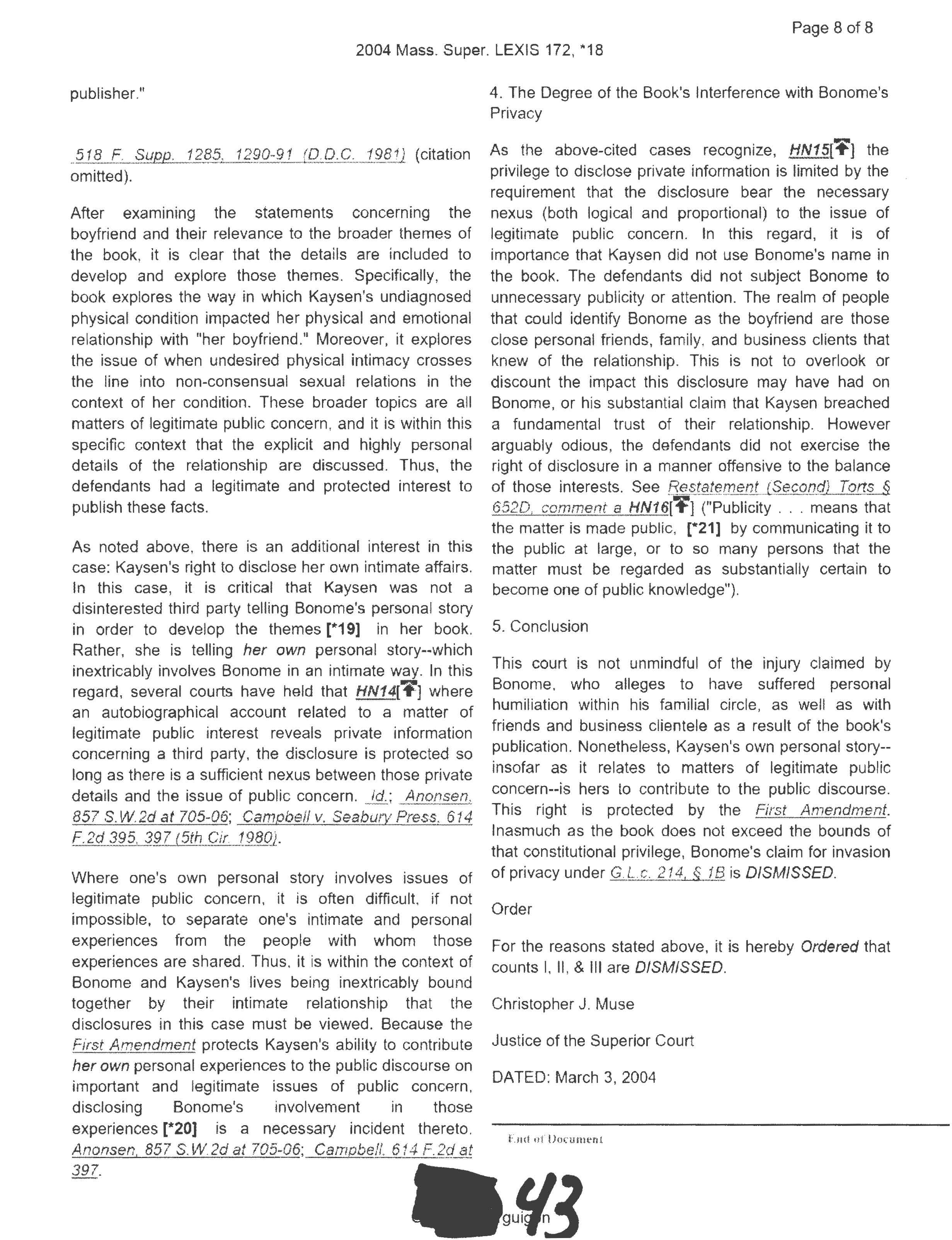
Where one's own personal story involves issues of legitimate public concern. it is often difficult. if not impossible. to separate one's intimate and personal experiences from the people with whom those experiences are shared. Thus. it is within the context of Banome and Kaysen's lives being inextricably bound together by their intimate relationship that the disclosures in this case must be viewed. Because the First Amendment protects Kaysen's ability to contribute her own personal experiences to the public discourse on important and legitimate issues of public concern, disclosing Bonome's involvement in those experiences [*20) is a necessary incident thereto. 4. The Degree of the Book's Interference with Bonome's Privacy
As the above-cited cases recognize, HN15(i'] the privilege to disclose private information is limited by the requirement that the disclosure bear the necessary nexus (both logical and proportional) to the issue of legitimate public concern. In this regard, it is of importance that Kaysen did not use Bonome's name in the book. The defendants did not subject Bonome to unnecessary publicity or attention. The realm of people that could identify Bonome as the boyfriend are those close personal friends, family. and business clients that knew of the relationship. This is not to overlook or discount the impact this disclosure may have had on Banome, or his substantial claim that Kaysen breached a fundamental trust of their relationship. However arguably odious, the defendants did not exercise the right of disclosure in a manner offensive to the balance of those interests. See Restatement {Second) Torts § 6520 comment a HN16[~] ("Publicity . . . means that the matter is made public, (*21] by communicating it to the public at large, or to so many persons that the matter must be regarded as substantially certain to become one of public knowledge").
5. Conclusion
This court is not unmindful of the injury claimed by Bonome. who alleges to have suffered personal humiliation within his familial circle, as well as with friends and business clientele as a result of the book's publication. Nonetheless. Kaysen"s own personal story-insofar as it relates to matters of legitimate public concern--is hers to contribute to the public discourse. This right is protected by the First A.rnendment. Inasmuch as the book does not exceed the bounds of that constitutional privilege, Bonome's claim for invasion of privacy under G.Lc. 214, § f f2, is DISMISSED.
Order
For the reasons stated above. it is hereby Ordered that counts I, II. & Ill are DISMISSED.
Christopher J. Muse
Justice of the Superior Court
DATED: March 3, 2004
F11(! or t!o<: Ultll"Ol
CERTIFICATE OF COMPLIANCE
Undersigned counsel hereby certifies pursuant to Rule 16(k) of the Massachusetts Rules of Appellate Procedure that this brief complies with all applicable rules of court, including but not limited to: Mass. R. A. P. 16(a) (13) (addendum); Mass. R. A. P.16(e) (references to the record); Mass. R. A. P. 18 (appendix to the briefs); Mass. R. A. P. 20 (form and length of briefs, appendices, and other documents); Mass. R. A. P. 21 (redaction). I complied with the applicable length limit of Rule 20 by using new courier monospaced font in 12 point that prints 11 characters an inch and calculated the non-excluded pages to be 24.
Dated: 29 September 2021
George E. Bourguignon, Jr.

